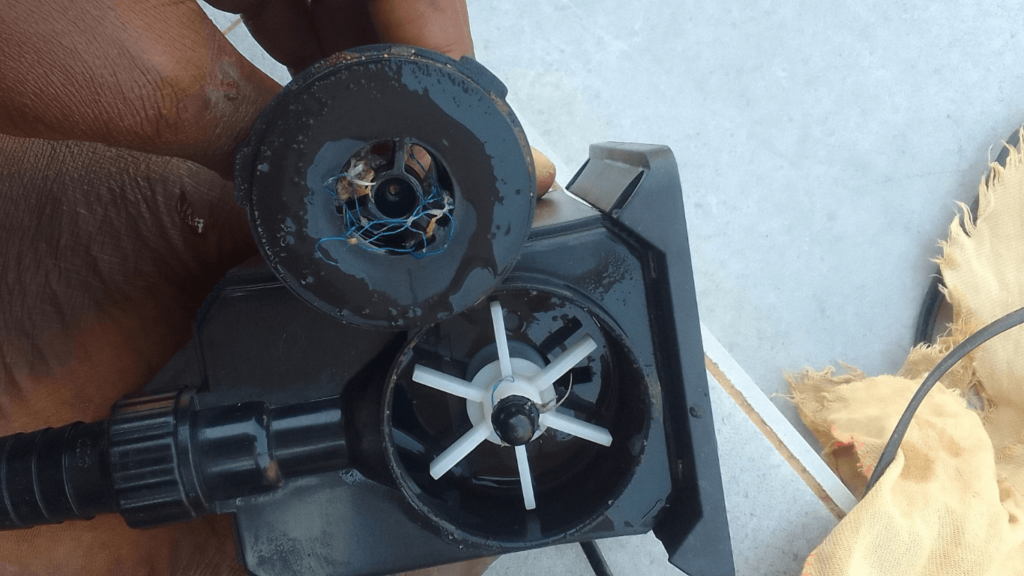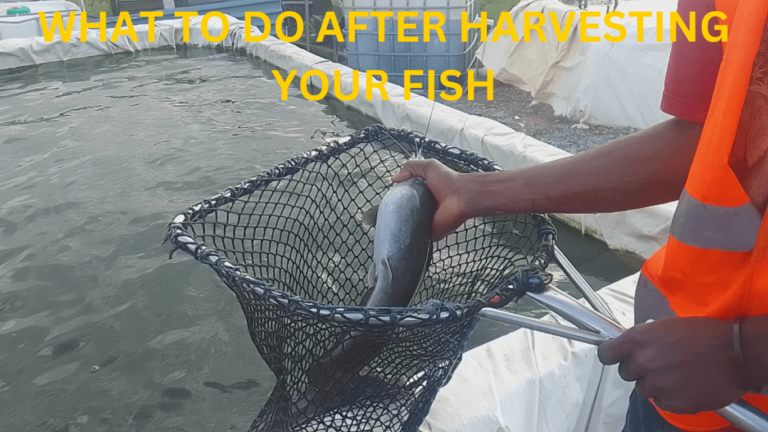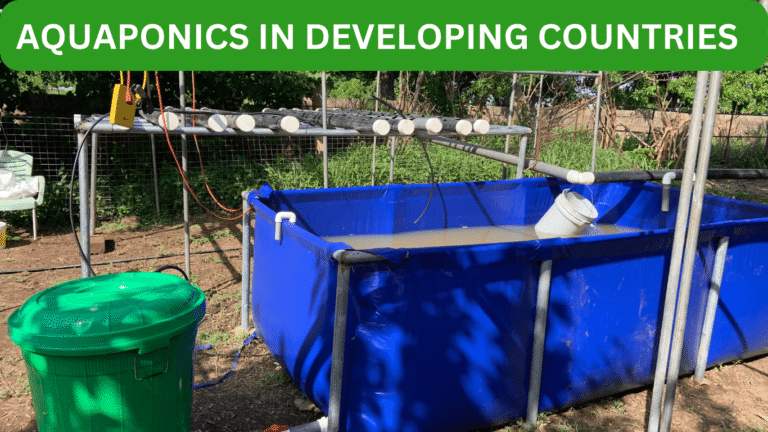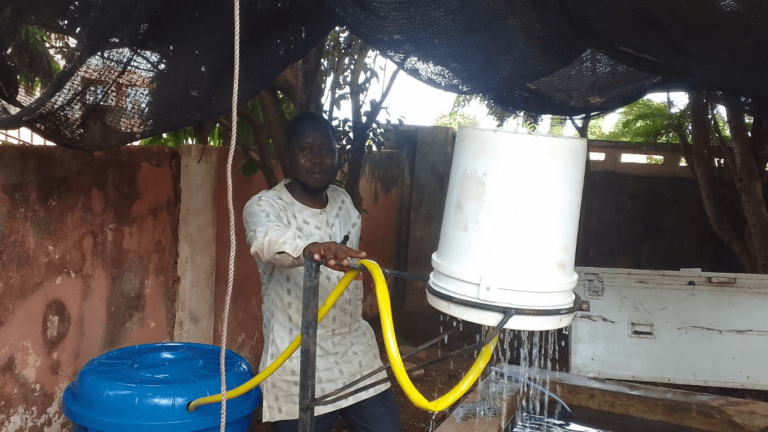15 Fish Post-Harvest Activities you must know after you’ve successfully harvested your fish. Many fish farmers make the mistake of stopping right after harvesting their fish, only to realize later that they are not making the profits they expected. Some even decide to quit entirely. But 15 post-harvest activities are crucial to ensuring the long-term success of your fish farming business.
Remember, this is a business, and just like any investment, you need to take the right steps to maximize your returns. In this blog post, we’ll go through 15 essential things you should do after harvesting your fish to take your business to the next level.
1. Record Your Sales and Expenditure
One of the most important steps after harvesting your fish is keeping financial records. Write down the total amount earned from sales and all the expenditures incurred during production. This will help you balance your accounts and determine whether you made a profit, a loss, or broke even.
You can do this with a lot of tools. Either using the paper and pen method, which is traditional. Or you can use digital or online tools such as Microsoft Word, Google Documents, Spreadsheet, and even fish farm software or applications.
2. Follow Up with Customers for Feedback
After selling your fish, reach out to your customers to get their feedback on the quality of your fish. Understanding their experience will help you improve future harvests. For instance, if you receive complaints about the fish having a strong odor, you might need to improve your washing and processing methods.
For instance, after my first harvest and smoke of my catfish, customers gave me feedback that the fish wasn’t washed well and therefore was smelling. I listened to them, cleaned the subsequent ones better, and later had a nicely and satisfactorily smoked fish.
3. Clean Up Your Pond and Prepare for the Next Stock
Cleaning the pond immediately after harvesting is essential. If you allow dirt, algae, and debris to dry up, it will be much harder to clean later. Start the cleaning process as you drain the water, making it easier and time-efficient.
When you clean it immediately and people visit your farm, they will like it then when you allow it dirty like that after harvest.

4. Allocate a Portion of Sales for the Next Stock
Don’t spend all the money on your fish sales. Set aside funds for restocking, feed, equipment, and farm maintenance. Feed alone takes up about 70% of production costs, so proper financial planning is crucial. When you spend all the money and later have to get a new money source, you will become fed up. So allocating portion of the sales money is one of the 15 Fish Post-Harvest Activities to ensure success in fish farming
5. Sort and Store Unsold Fish
If you cannot sell all your harvested fish at once, consider refrigerating or smoking them. Proper sorting and storage help maintain quality and prevent losses. If you intend to store big ones, make sure you sort big fish. And if you intend to store small fish, make sure you do that and sell the rest.
6. Process and Package Fish for Better Sales
If you plan to sell processed fish, ensure proper packaging. Whether smoked, frozen, or fresh, packaging plays a significant role in attracting customers and maintaining hygiene. But as you package, note and consider that fish is perishable. How you will package your fish is up to you.
7. Analyze Growth Performance and Survival Rate
Compare your initial stocking numbers to the final harvested numbers. Evaluate growth rates, feed conversion efficiency, and survival rates. This analysis helps in making informed decisions for future stockings. This can only be achieved if you keep a proper record of your farm activities. Keeping records of mortality, stocking, survival, feeding, and others.
8. Check and Repair Equipment
Inspect and maintain essential equipment like aerators, filtration systems, and nets. Repair or replace any damaged tools to ensure smooth operations for the next production cycle. Those that have broken down completely, replaced them. Those that are still in good shape, clean and maintain them for the next circle of production.

9. Manage and Treat Pond Water
Water quality is crucial for the health of your next fish stock. Test and treat the water if necessary, especially if it contains chlorine or other harmful substances. Build and install Recirculating Aquaculture System (RAS) to maintain good water for your fish.
10. Dispose of Waste Properly
Fish farming produces waste such as fish guts, expired feed, and wastewater. Dispose of these materials properly to prevent environmental pollution. If possible, recycle organic waste into compost or animal feed. If nothing at all, bury them on the ground. Avoid just discarding them on the environment which also poses a threat to the environment.
11. Update Your Farm Records
Keep records of your stocking dates, feed consumption, mortality rates, and sales data. Updated records help in tracking progress and making data-driven decisions.
12. Evaluate Market Trends and Adjust Pricing
Market trends affect fish prices. During high-demand seasons, such as festive periods, prices may increase. Analyze these trends to determine the best time to sell and adjust your pricing accordingly. This will help you make more profit and increase your productivity.
13. Plan for Off-Season Income
Fish prices fluctuate, and sometimes, storing fish for off-season sales can be profitable. If feasible, preserve fish through refrigeration or smoking to sell when demand is high.
14. Engage with Customers on Social Media
Social media is a powerful tool for marketing. Keep your customers engaged by sharing updates about your farm, upcoming harvests, and special offers. This interaction builds trust and encourages repeat purchases. Social media marketing is very important if you want to reach more and wider audience and customers.
15. Restock Your Fish at the Right Time
Timing your restocking is crucial. If demand is high in December, for example, you should stock around June so that your fish reaches market size by the peak season. If is applicable if you are going to take six (6) months to raise your fish to maturity. And remember that the average duration for raising catfish to1kg is 6 months.
Proper planning ensures you take advantage of profitable sales periods.
Conclusion
Harvesting is not the end of the journey but a crucial turning point in your fish farming business. By implementing these 15 post-harvest activities, you can optimize your operations, improve profitability, and ensure the long-term success of your farm.
If you want to learn more, check out our Comprehensive Guide to Fish Farming: From Setup to Harvest. It contains everything you need to know about starting and managing a successful fish farm.
For hands-on guidance, enroll in our DIY Recirculating Aquaculture System (RAS) Course, which will help you build an efficient filtration system for your farm.




